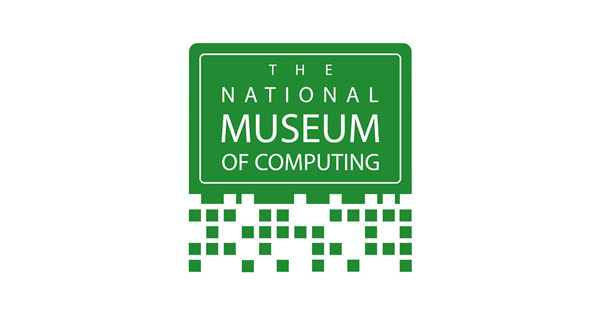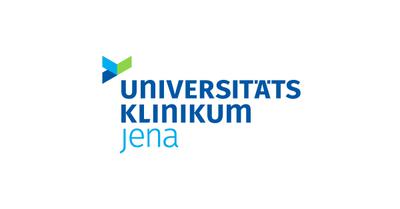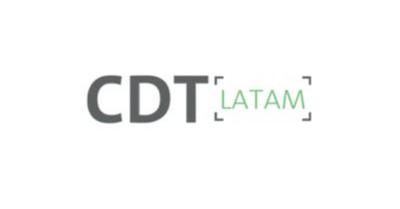Paessler PRTG and Sigfox protect UK’s tech legacy at The National Museum of Computing
About The National Museum of Computing
The National Museum of Computing (TNMOC) is a prominent institution located in Bletchley Park, England, dedicated to preserving and showcasing the history of computing and computer technology. It is home to an extensive collection of historic computers and computing equipment, some of which date back to the early 20th century.
TNMOC plays a pivotal role in educating the public about the evolution of computing, with interactive exhibits and educational programs that highlight the pioneering work of computer scientists and engineers.
Visitors can explore the remarkable achievements of figures like Alan Turing and experience the technological advancements that have shaped the digital age. The museum serves as a valuable resource for researchers, technology enthusiasts, and anyone interested in the fascinating journey of computing's development.
From the WW2 codebreaking Colossus to the world’s oldest working computer – WITCH – these important artefacts from our past have played a huge role in shaping the technology we rely on today. To maintain these legacy machines, the environment in which they are kept must be closely monitored at all times.
The National Museum of Computing told Paessler “Colossus can get hot enough to melt its own solder! The logical solution would be to install air conditioning, but the museum has chosen not to do that because it is not true to the experience of the ladies who actually worked here in the second world war.”
Due to the sensitivity of Colussus and other machines in the Museum, environmental factors such as temperature, humidity, and UV light levels must be closely monitored to avoid damage. Head of Learning at the Museum, Claire Marston, said: "We have a duty of care to keep the machines working for at least the next 100 years. Paessler PRTG Network Monitor provides us with a more accurate monitoring system which enables us to do this."
Video: Monitoring with PRTG at The National Museum of Computing
PRTG’s alerting system helps museum staff to monitor more precisely
The Sigfox-ready Paessler’s PRTG monitoring devices and software combined with Sigfox global LPWA Network dedicated to IoT provide a complete hardware, software and connectivity solution to monitor the environment and warn the museum staff ahead of impending thresholds.
Before Paessler implemented this solution, it was the responsibility of the museum staff to determine if the room was too hot, too cold, too bright, or too damp for their machines and react accordingly. Either by powering down machines or opening a window. An automated monitoring solution relieves the burden of this manual monitoring and ensures a more accurate, and timely control of the environment.
"PRTG allows us to set thresholds on the various environmental factors and sends us alerts when we are closing in on those thresholds. It allows for much more precise monitoring to proactively manage and mitigate risks to our collection."
Claire Marston, Head of Learning at the Museum
Sigfox provides connectivity
It is essential the environmental data collected in the 14 rooms monitored in the museum is transmitted in real-time and is available 24/7. Internet connection is not available in all the rooms, and to avoid interfering with the museum’s own IT infrastructure, Paessler called on their alliance partner, Sigfox.
The combination of Sigfox technology and PRTG ensures data is not only collected securely but is visualised in a single view. PRTG also detects if the sensors stop working, which is essential to the overall management of the museum’s environment.
Helping autistic families map their visit
The museum offers ‘Relaxed Openings’ to accommodate children on the autistic spectrum. This is where the museum opens outside of normal opening hours to ensure sensory overload is at a minimum.
Noise levels can contribute to stress in an autistic sufferer, so minimising this is of huge benefit to the families that visit the Relaxed Openings. PRTG monitors the sound levels in the rooms and helped build a traffic light dashboard to visualise this, so visitors can map their visit accordingly.
About Sigfox
Billions of objects worldwide will be connected to the Internet; their data will be stored in the cloud and will participate in the digitalization of our environment. Having a global, simple, low-cost and low-power connectivity solution is fundamental. This is the challenge that Sigfox addresses by deploying a long range and low-bandwidth network dedicated to IoT, already present in 45 countries.
Created in 2010, the company is a recognized global pioneer and leader in a sector that is already disrupting business models and will revolutionize the whole of society. The ambition of Sigfox, embodied in the slogan “Make Things Come Alive”, is to give a voice to the physical world around us and to allow these billions of objects to play a role in economic and social development.

Get to know more happy PRTG customers
Customer success story Jena University Hospital & PRTG
To ensure the smooth functioning of all systems, the Jena University Hospital monitors its IT infrastructure and medical devices with PRTG. ➤ Read the complete customer success story now!
Customer success story Bosch Rexroth & PRTG
For Bosch Rexroth, PRTG is ideally suited to comprehensively and reliably monitor the complex IT infrastructure in industrial IT environments. ➤ Read the complete customer success story now!
Customer success story CDT Latam & PRTG
CDT LATAM Group uses cameras in crowds to help stop violence in Uruguayan stadiums, and monitors its proper functioning with PRTG. ➤ Read the complete customer success story now!



